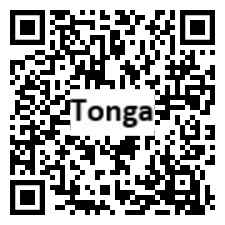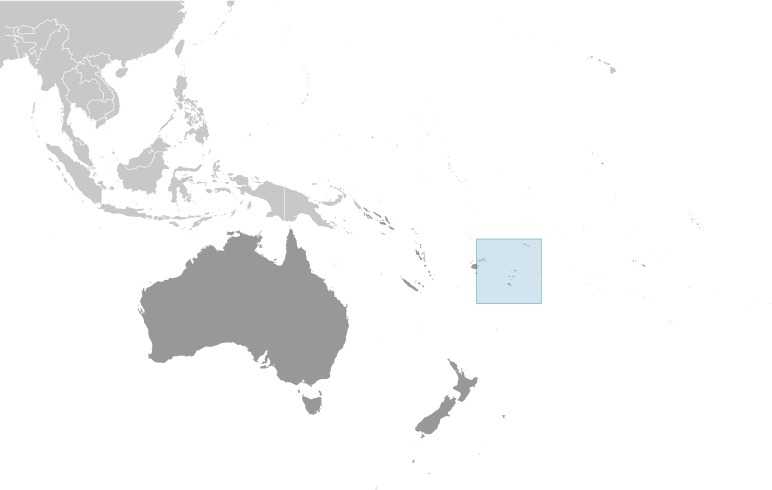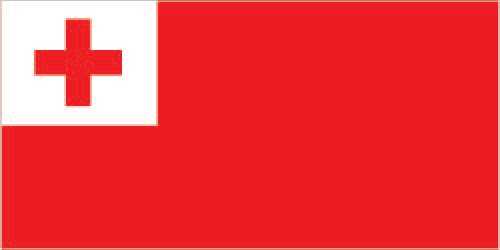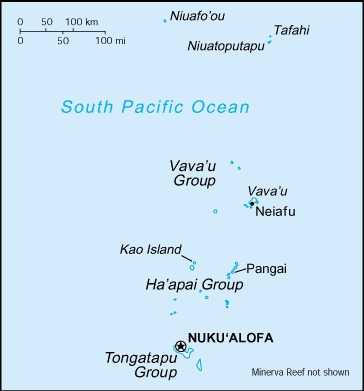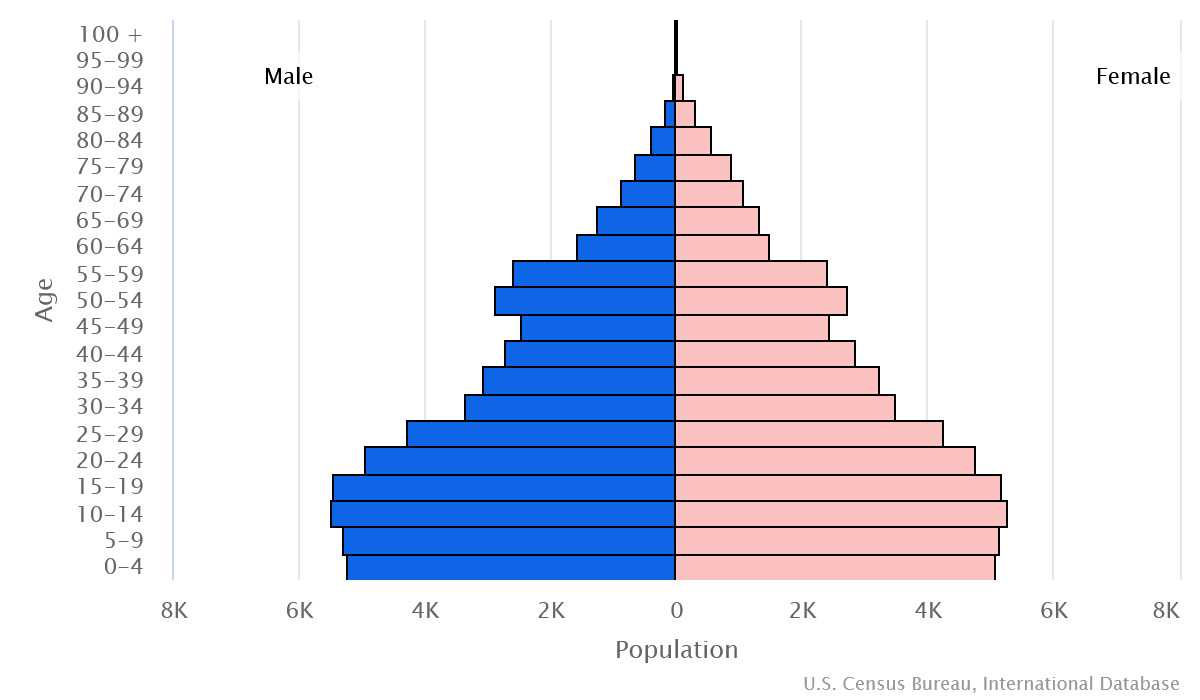Introduction
Background
Tonga - unique among Pacific nations - never completely lost its indigenous governance. The archipelagos of "The Friendly Islands" were united into a Polynesian kingdom in 1845. Tonga became a constitutional monarchy in 1875 and a British protectorate in 1900. It withdrew from the protectorate and joined the Commonwealth of Nations in 1970. Tonga remains the only monarchy in the Pacific.
Geography
Area
total: 747 sq km
land: 717 sq km
water: 30 sq km
Climate
tropical; modified by trade winds; warm season (December to May), cool season (May to December)
Natural resources
arable land, fish
People and Society
Population
105,221 (2023 est.)
Ethnic groups
Tongan 96.5%, other (European, Fijian, Samoan, Indian, Chinese, other Pacific Islander, other Asian, other) 3.5% (2021 est.)
Languages
Tongan only 85%, Tongan and other language 13.9%, Tongan not used at home 1.1% (2021 est.)
Religions
Protestant 63.9% (Free Wesleyan Church 34.2%, Free Church of Tonga 11.3%, Church of Tonga 6.8%, Seventh Day Adventist 2.5%, Assembly of God 2.5%, Tokaikolo/Maamafo'ou 1.5%, Constitutional Church of Tonga 1.2%, other Protestant 4%), Church of Jesus Christ 19.7%, Roman Catholic 13.7%, other 2.1%, none 0.6%, no answer 0.1% (2021 est.)
Population growth rate
-0.3% (2023 est.)
Government
Government type
constitutional monarchy
Capital
name: Nuku'alofa
Executive branch
chief of state: King TUPOU VI (since 18 March 2012); Heir Apparent Crown Prince Siaosi Manumataogo 'Alaivahamama'o 'Ahoeitu Konstantin Tuku'aho, son of the king (born 17 September 1985)
head of government: Prime Minister Siaosi SOVALENI (since 27 December 2021)
Legislative branch
description: unicameral Legislative Assembly or Fale Alea (30 seats statutory, 28 current); 17 people's representatives directly elected in single-seat constituencies by simple majority vote, and 9 indirectly elected by hereditary leaders; members serve 4-year terms)
Economy
Economic overview
upper middle-income Pacific island economy; enormous diaspora and remittance reliance; key tourism and agricultural sectors; major fish exporter; rapidly growing Chinese infrastructure investments; rising methamphetamine hub
Real GDP (purchasing power parity)
$651.259 million (2021 est.)
$669.107 million (2020 est.)
$665.853 million (2019 est.)
Real GDP per capita
$6,100 (2021 est.)
$6,400 (2020 est.)
$6,300 (2019 est.)
Agricultural products
coconuts, gourds, cassava, sweet potatoes, vegetables, yams, taro, roots/tubers, plantains, lemons/limes
Industries
tourism, construction, fishing
Exports
$59.622 million (2022 est.)
$58.152 million (2021 est.)
$99.78 million (2020 est.)
Exports - partners
United States 22%, South Africa 18%, New Zealand 15%, Australia 13%, South Korea 11% (2021)
Exports - commodities
natural gas, shellfish, various fruits and nuts, vegetables, cassava, coral and shells (2021)
Imports
$329.146 million (2022 est.)
$291.957 million (2021 est.)
$309.685 million (2020 est.)
Imports - partners
New Zealand 36%, China 20%, Fiji 18%, Australia 6%, United States 6% (2021)
Imports - commodities
refined petroleum, poultry meats, cars, mutton, goat meat, lumber, x-ray equipment, broadcasting equipment (2021)
Exchange rates
pa'anga (TOP) per US dollar -
Exchange rates:
2.328 (2022 est.)
2.265 (2021 est.)
2.3 (2020 est.)
2.289 (2019 est.)
2.237 (2018 est.)
Page last updated: Wednesday, April 24, 2024
